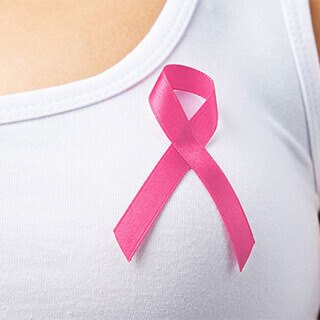It's Cancer
 By Jay Otterbacher
By Jay Otterbacher
Jay Otterbacher and his wife Karen had both worked hard to create the perfect life. In January of 2006, Jay was the Vice President of a Fortune 500 company. Karen was happily retired from the same company, pleased she had been able to step away from her position as Marketing Director at the young age of 50. Their plans included a substantial list of do it yourself home improvement projects, time with family, and for Jay, staying focused on what he thought was important, working long hours to continue his climb up the corporate ladder. A simple text message changed their lives (and their plans) in ways they never could have imagined.
“IT’S CANCER” was all the message said. The lump Karen had felt in her left breast (and which, has eluded her doctors through two mammograms and an ultrasound) had indeed turned out to be malignant. Jay’s account of what followed that initial text message is a testament to the human spirit, the strength of a good marriage, and the ironies that abound in our lives.
Seventeen weeks into Karen’s treatment, Jay learned he had a cancerous colorectal tumor. It’s Cancer chronicles the 32 weeks in 2006 during which Jay and Karen mapped their course from cancer patients to cancer survivors. Created from journals each of them kept during that mean season, this self-published narrative not only conveys the frustration and fear so many cancer patients face, but provides positive (often humorous) insights into how profoundly important it is for anyone facing a cancer diagnosis to do his or her homework, research their disease, and make the difficult decisions that can ultimately save their life.
Jay Otterbacher researched, inquired, questioned and found the best course of action every step of the way. He and Karen remained optimistic and unrelenting always attempting to go in a productive, constructive direction. If there is a lesson to be learned, perhaps what Jay has conveyed is that getting well requires the patient and his or her doctor to work in tandem to find the best solution, and for the patient to always attempt to maintain a positive outlook and spirit.Readers will certainly grasp the importance of becoming an active participant in the decision-making process and not merely the passive recipient of treatment.
It’s easy to see that he and Karen have maintained this positive outlook, because as he points out, the two wine glasses on the cover of the book are half full! Available at amazon.com.







